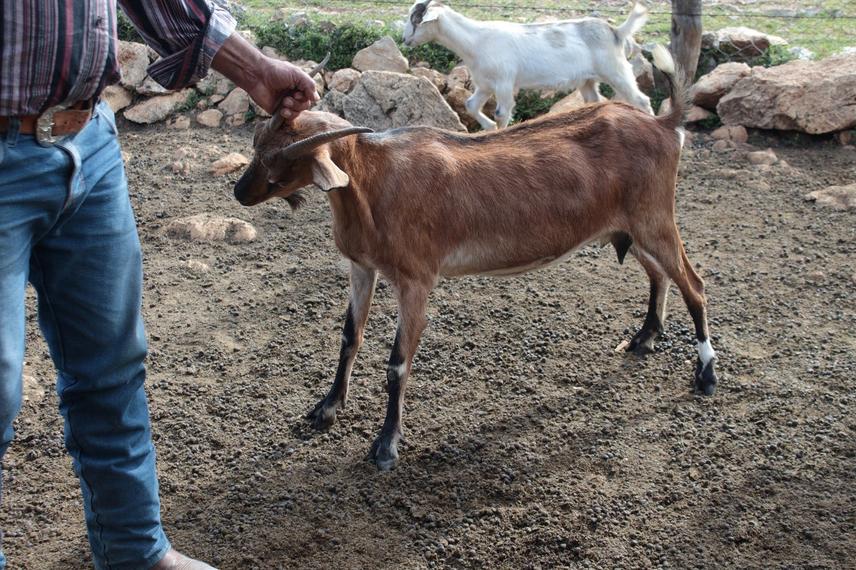Carlos Fabian Terrazas Tzontecomani
In some regions of the Gran Sierra Plegada in the south of Nuevo León, Mexico, researchers have documented conflicts between people and carnivores such as the endangered Mexican black bear (Ursus americanus eremicus), jaguars (Panthera onca), and cougars (Puma concolor).

Cattle management. ©Carlos Fabian Terrazas Tzontecomani.
Our project will take a stance on this human-carnivore conflict (HCC) in the following ways:
First, identify and describe the level of HCC. To achieve this goal, we intend to characterize crop and cattle management, evaluate the economic impacts of crop damage and cattle depredation by wildlife, document people's perceptions and knowledge about wildlife involved in the conflict, and document previous and future attempts to solve the situation.
Second, develop mitigation strategies to reduce the human-wildlife conflict (HWC). We will select mitigation strategies according to people's needs and economies, carnivore biology, and geographical characteristics, discuss these strategies with communities and authorities, create a work plan to implement strategies and develop a budget and search for support to implement them.
To achieve these goals our team will use methods such as semi-structured interviews, participant observation and landscape description.
Finally, we will develop community workshops with interviewees, stakeholders, and authorities. These workshops will be used as a triangulation process to demonstrate our understanding, document the main factors and actors involved in the conflict, and develop and discuss strategies to reduce the HWC.
Header: Landscape of the Gran Sierra Plegada in the south of Nuevo León, México. ©Carlos Fabian Terrazas Tzontecomani.